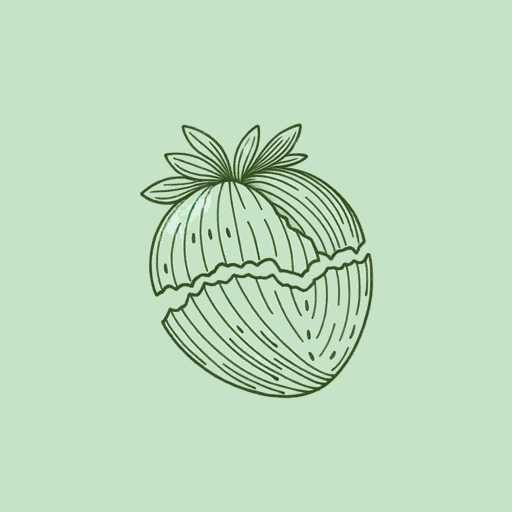65 pages • 2 hours read
Seth M. HolmesFresh Fruit, Broken Bodies: Migrant Farmworkers in the United States
Nonfiction | Book | Adult | Published in 2013A modern alternative to SparkNotes and CliffsNotes, SuperSummary offers high-quality Study Guides with detailed chapter summaries and analysis of major themes, characters, and more.
Chapter 4Chapter Summaries & Analyses
Chapter 4 Summary and Analysis: “‘How the Poor Suffer’: Embodying the Violence Continuum”
Social Suffering and the Violence Continuum
In this chapter, Holmes focuses on the suffering of Triqui migrants as part of a continuum of violence. Holmes begins with a detailed account of his personal suffering living and working alongside Triqui pickers:
I often felt sick to my stomach the night before picking, due to stress about picking the minimum weight. As I picked, my knees continually hurt […] My neck and back began to hurt by late morning. For two or three days after picking, I took ibuprofen and sometimes used the hot tub in a local private gym to ease the aches (88).
According to Holmes, the broken bodies of Triqui migrants exemplify “the structural violence of social hierarchies becoming embodied in the form of suffering and sickness” (89). The rundown shacks, harsh working conditions, and dangerous border crossings are “mechanisms through which structural violence produces suffering” (89). Drawing on Philippe Bourgois’s notion of violence as a continuum, Holmes argues that the violence Triqui migrants suffer isn’t just political but also structural and symbolic. Using strawberry pickers as exemplars, he posits causal links between different forms of violence, arguing that each enhances, conceals, perpetuates, and legitimizes the other to produce “everyday violence” (a concept he borrows from Nancy Scheper-Hughes).
Featured Collections
Anthropology
View Collection
Books on Justice & Injustice
View Collection
Challenging Authority
View Collection
Class
View Collection
Class
View Collection
Community
View Collection
Contemporary Books on Social Justice
View Collection
Education
View Collection
Globalization
View Collection
Health & Medicine
View Collection
Nation & Nationalism
View Collection
Power
View Collection
Pride & Shame
View Collection
Safety & Danger
View Collection
Sociology
View Collection
Truth & Lies
View Collection
YA Nonfiction
View Collection

